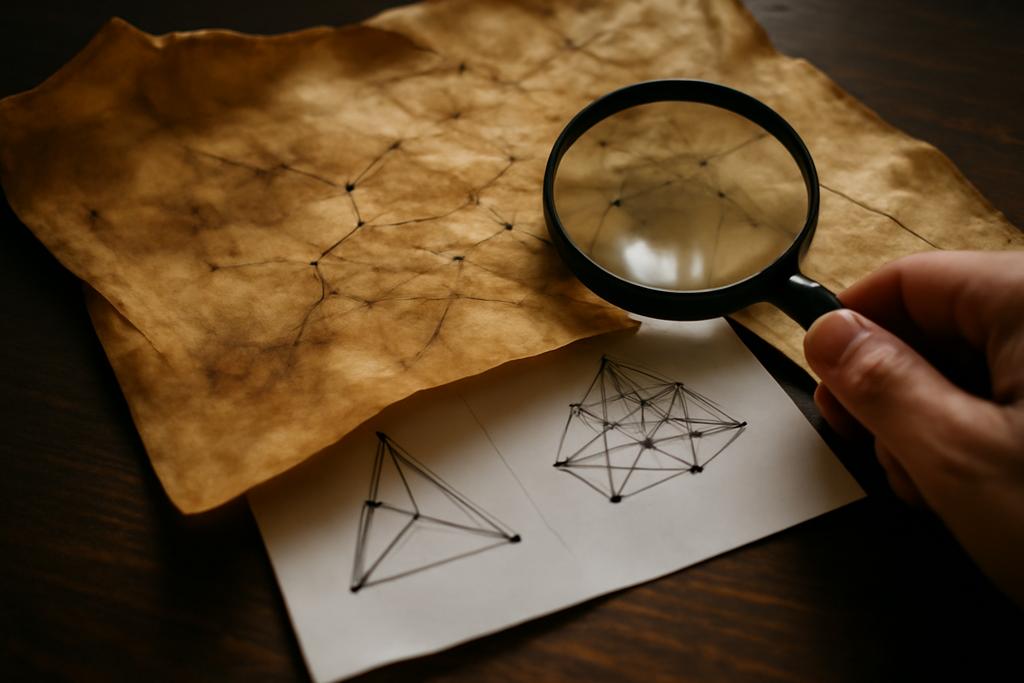In the quiet, almost archeological world of pure mathematics, there are places where the landscape looks impossibly tangled at first glance. Then a clever reimagining—a map, a compass, a guide—turns the maze into a walkable city. The paper by Shiping Liu and Gordana Todorov does precisely that for a class of algebraic objects known as hereditary Artin algebras of finite representation type. It shows how to read the entire module-theoretic universe from a simpler, earlier graph called the ext-quiver, and it does so with a practical, almost recipe-like clarity. In plain terms: if you know how simple building blocks extend one another, you can reconstruct the whole zoo of modules, count how many distinct pieces there are, and understand how they connect to modern ideas like cluster algebras. The work comes from two institutions—Shiping Liu at Université de Sherbrooke in Canada and Gordana Todorov at Northeastern University in the United States—and it threads together decades of representation theory with fresh, computational insight.
A Hidden Map Rewrites the Story of Tiny Algebras










